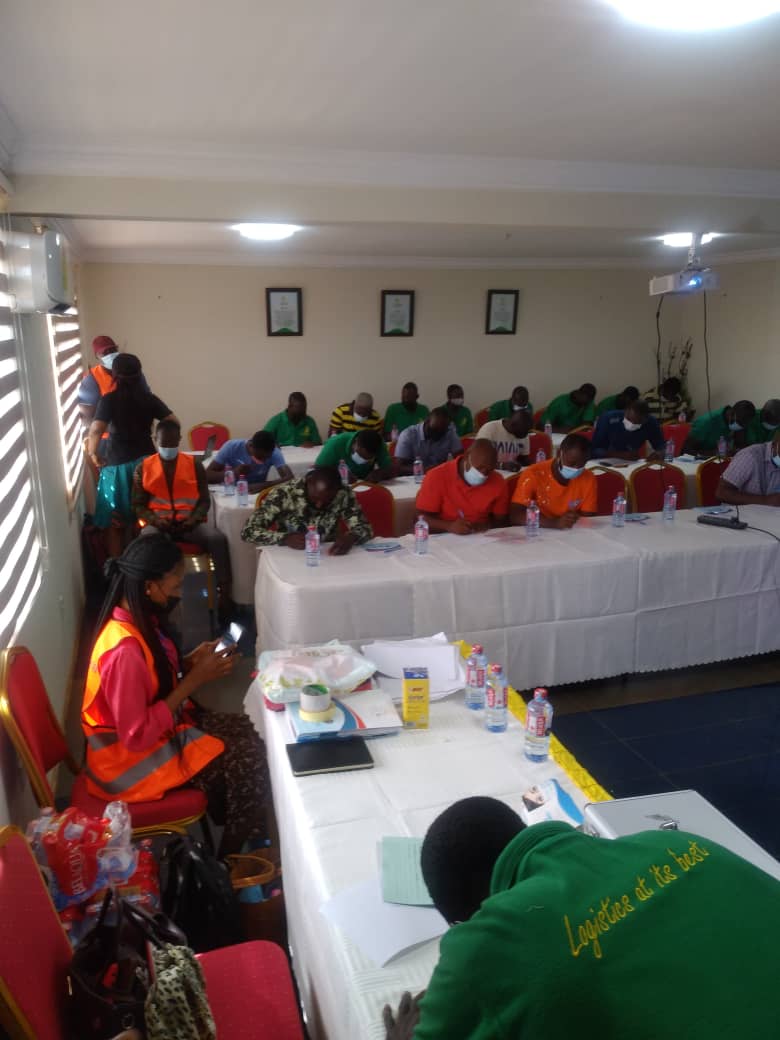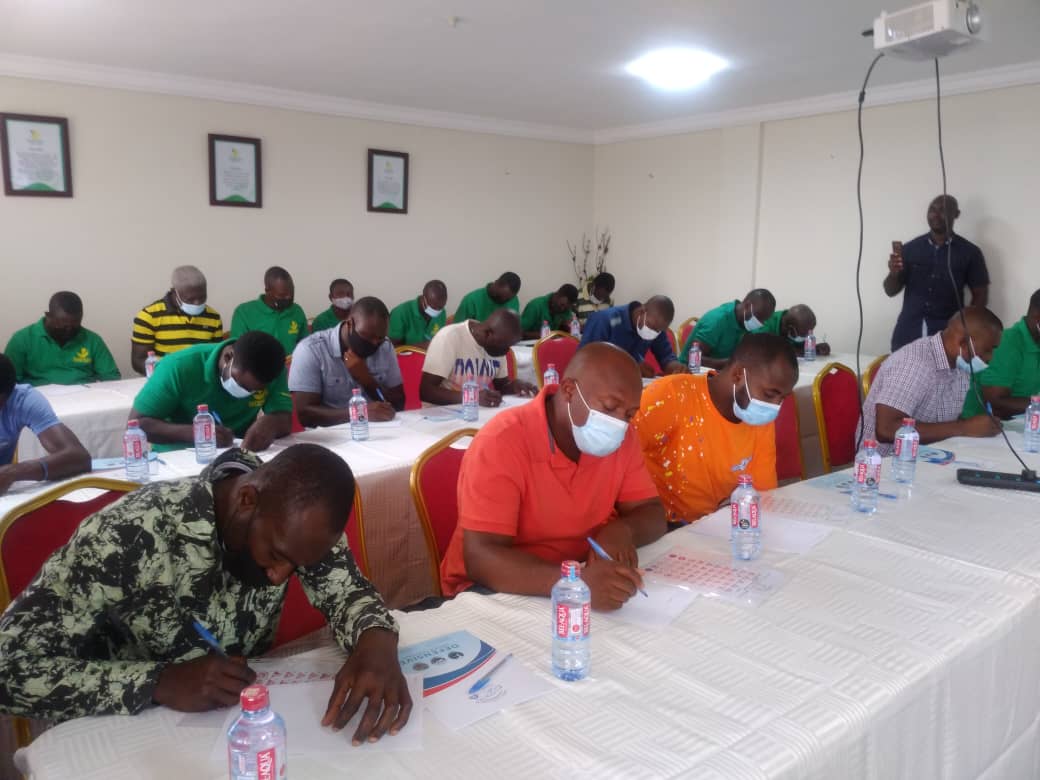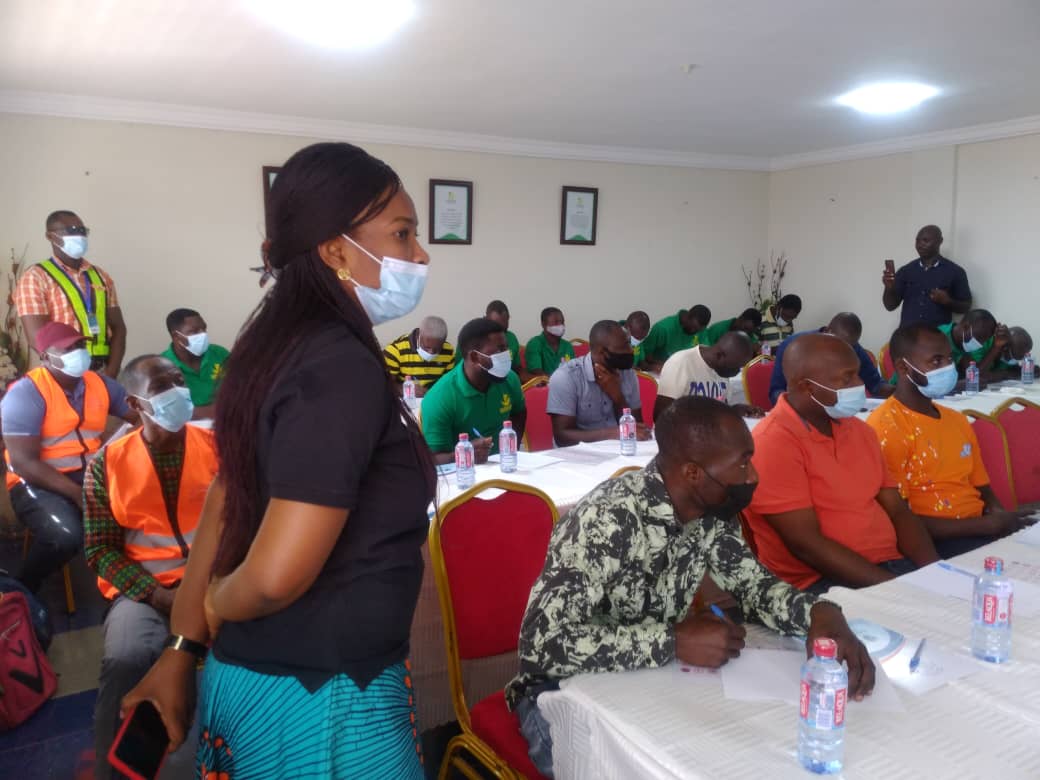
EXECUTIVE SUMMARY
This defensive driving training report for heavy/light duty vehicles is submitted to SAPHOLDA VENTURES LIMITED. The report takes into consideration the methodology of the training, expected impact of the training, observations, recommendations and conclusion.
PROGRAM OBJECTIVES
The aim of this training is to equip the drivers and operators (Heavy/Light Duty) with knowledge and skills in defensive (safe) driving, that will enable them drive safely in the discharge of their duties and be good ambassadors of the company. At the end of this session participants are to have an understanding of the following:
• To respond to urgency of driving situations at all time on road and in the work premises.
• To increase the knowledge and understanding in driver safety
• To effectively manage the driver checklist instructions.
• To efficiently develop the principles of driving in terrain and rough road conditions
• To carry out appropriate checks before driving on terrain and rough road conditions
• To increase driver awareness and knowledge in driving rules and standard driving practices.
• To understand the vehicle mechanisms and controls in a terrain and rough road environment
The days of
the training involved the theory and practical sessions. The training began at
about 08:30am at the conference hall. The participants were taken through a
variety of topics outlined in the course outline. We witnessed a high level of
co-operation from the participants who engaged the trainers (resource persons)
with a number of questions of video presentations about the ABS/EBS Brake activation
system on the trucks and how it inter link on the forklift/excavator, driver
inspection checklist, vehicle transmission systems, effect of lighting on
vehicle at night and many more.
The training
expanded on the content outlined above and emphasis was made on the following
highlights:
1. Participants were taken through the driver blind spots as far as
heavy-duty vehicles are concerned.
2. Avoiding of distractions during driving and alcohol/drug effect when on
duty or have the potential to be summoned to work.
3. The effects of the weather on the road and driver related stress.
4. The company, related risks and the maneuvering techniques of vehicles on
different types of roads and terrain.
5. Performing of driver checks. These include pre-checks; mid-way checks and
post driving checks.
6. Displaying of signals to caution other road users.
7. Obeying speed limits and adhering to road signs and regulations.
The training
afforded the participants the opportunity to clarify issues regarding the
mandatory driver checklist and notable vehicular concerns that bordered on
safety.
Notable of
these issues include:
a. absence of first-aid kits in vehicles and fire extinguisher
b. absence of spare tires and trainer ABS cable.
c. the use of tube tires that are not conducive for the environment.
Gallery










